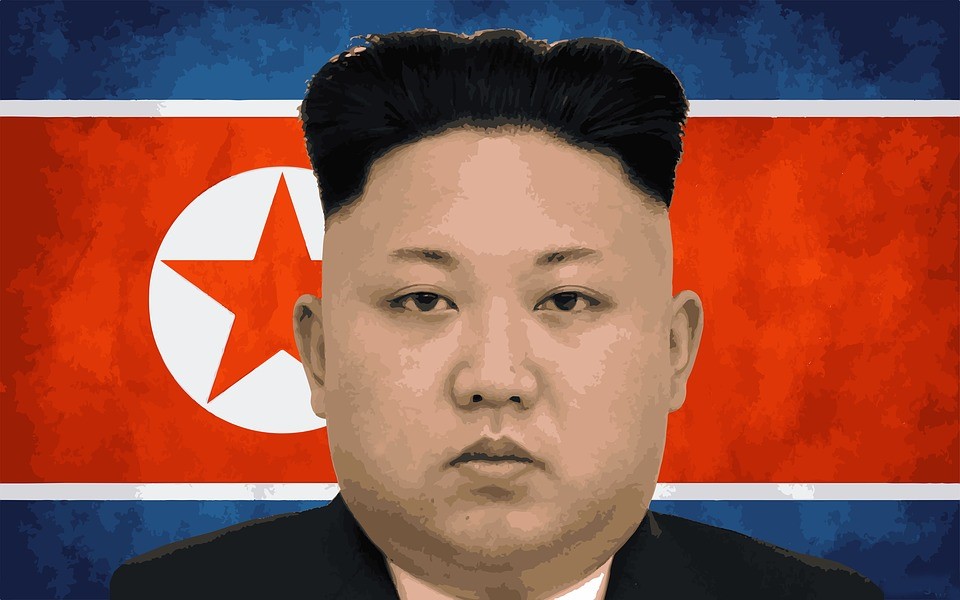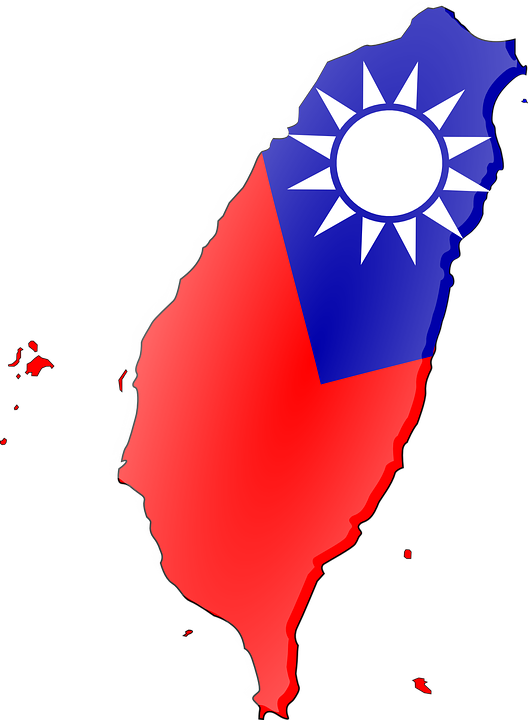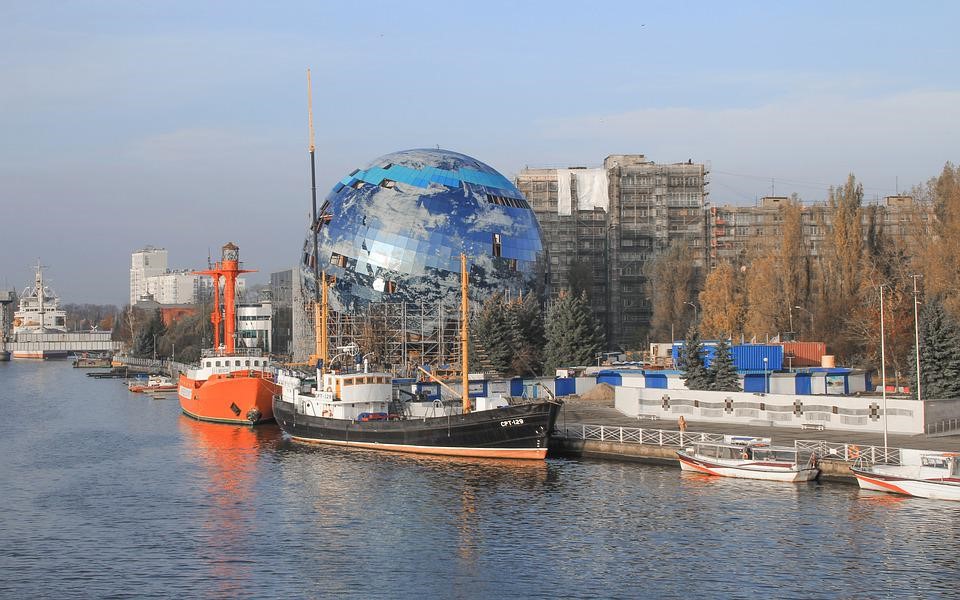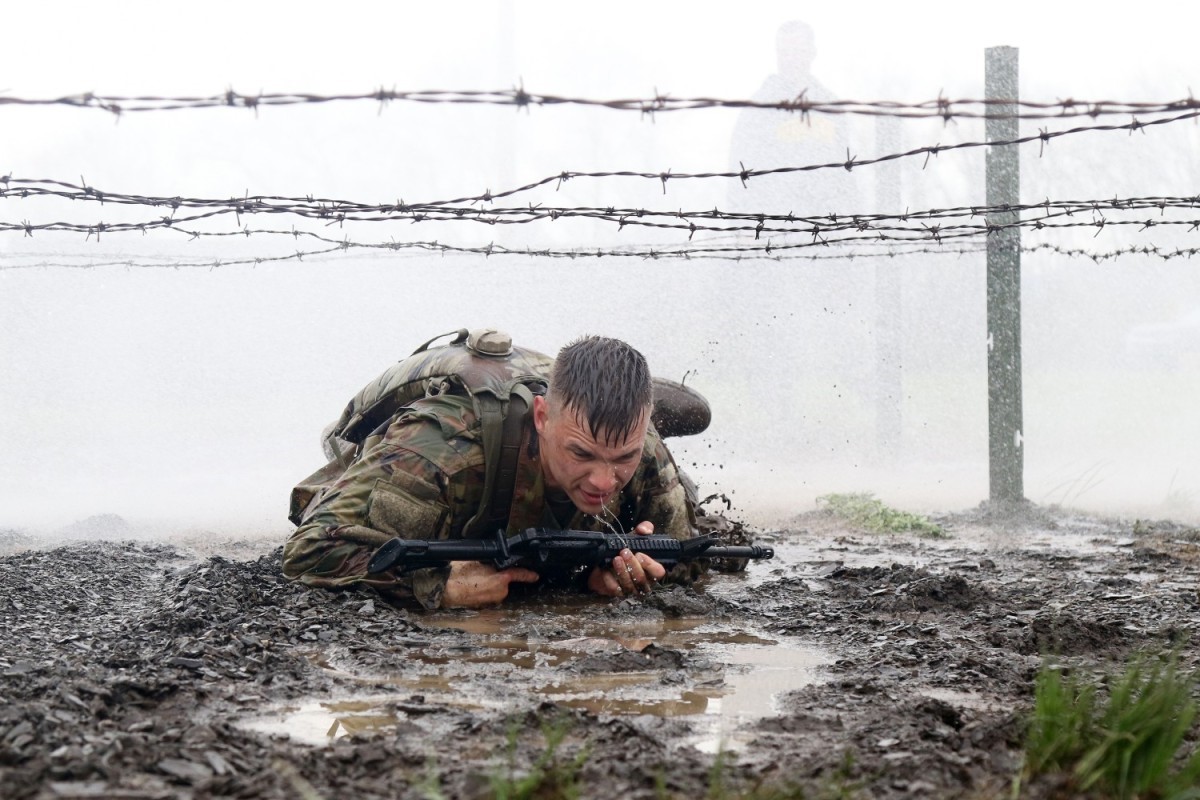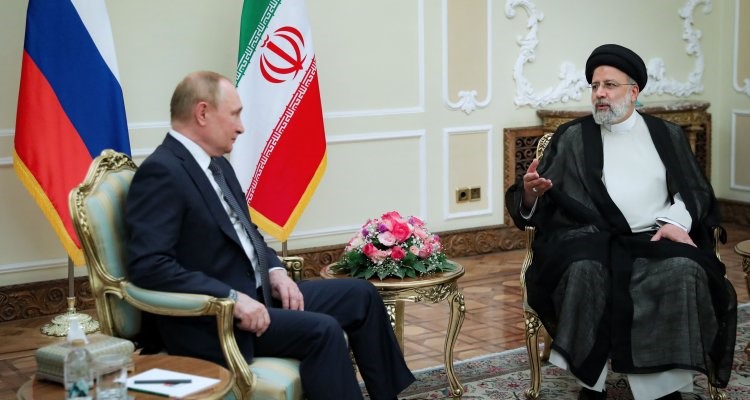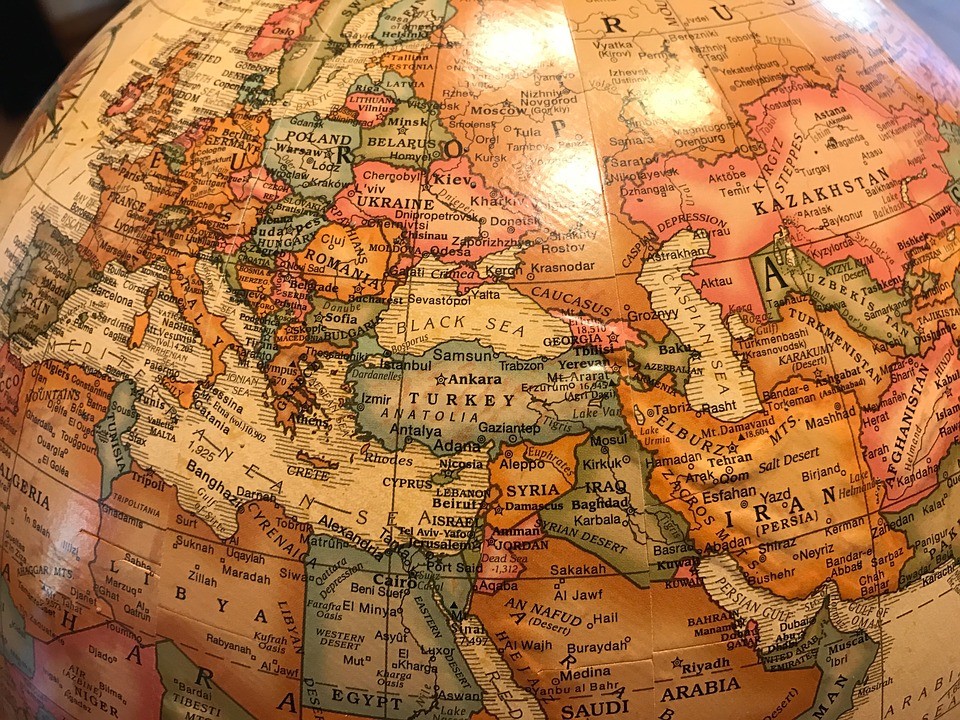The Biden Administration’s bizarre policy of unilateral retreat and de-escalation is emboldening America’s adversaries, bringing the nation to the threshold of conflict.
There has been a marked change in Moscow and Beijing’s perspectives since the botched withdrawal from Afghanistan. While the drawdown of U.S. forces had universal approval, the failure to leave a small force behind to prevent the victory of the Taliban, a precise repeat of then-Vice President Biden’s strategic error in Iraq earlier this century which gave rise to the ISIS caliphate, signaled that the current White House lacked expertise in foreign affairs.
The Administration has puzzled observers with a penchant for hastily providing concessions without seeking anything in return.
Despite the recognition that space was rapidly becoming a strategic realm of battle, Biden unilaterally ceased testing of American anti-satellite weaponry. In April, Vice-President Harris announced the self-imposed ban, receiving nothing in return from Russia or China.
Biden’s own Defense Department has noted that “Russia and China, our primary strategic competitors, are taking steps to undercut the United States and our allies in the space domain. Both nations view space as a requirement for winning modern wars, especially against Western nations, and look to prove themselves as world leaders. Since early 2019, competitor space operations have increased in pace and scope across nearly all major categories …China and Russia value superiority in space. And as a result, they’ll seek ways to strengthen their space and counter-space programs and determine better ways to integrate them within their respective militaries…”
The Gatestone Institute blasted the move. “Space has already become the scene of an ongoing “shadow war” in which China and Russia conduct attacks against U.S. satellites with lasers, radiofrequency jammers, and cyber-attacks every day, according to General David Thompson, the U.S. Space Force’s first vice chief of space operations..Fifteen years after China’s ASAT strike, we still lack the ability to defeat an attack on our space systems or launch an offensive strike if circumstances warrant…”
Back on Earth, as Russia built up its forces neighboring Ukraine, the White did next to nothing. No defensive weapons were provided to Ukraine to discourage Putin’s planned adventurism. After Moscow began the war, Biden provided just enough assistance to allow the Kiev government to hang on, but not win, the conflict.
Senator Ted Cruz issued a critique of Biden’s failure.
“President Biden has repeatedly, systematically undermined our Ukrainian allies in the face of Russian aggression to placate Putin. And it’s worth noting, Biden does this for the same reason he undermines Taiwan—he undermines Taiwan to placate the Chinese Communists, he undermines Ukraine to placate Putin. To placate Putin, the Biden administration has repeatedly withheld military aid packages to Ukraine. Other times he has withheld diplomatic support to pressure our Ukrainian allies into supporting his misguided Nord Stream 2 surrender to Putin. Biden’s actions for the past year have emboldened Putin, who acted on that weakness and has put Europe on the brink of war.”
Biden’s actions towards China are the most worrisome of all. He has reversed former President Trump’s efforts to combat Beijing’s prodigious espionage efforts. He has allowed it to buy land next to strategic American defense sites. As its navy has grown far larger than its U.S. equivalent, the President inexplicably has submitted budgets to Congress that shrink, rather than expand, the nation’s maritime force.
House Speaker Nancy Pelosi’s visit to Taiwan broke no new diplomatic ground. Indeed, decades ago, then Speaker Newt Gingrich made the same journey. This time, however, China responded to the trip by surrounding the island nation and threatening war, b oth against Taiwan and the U.S.
Clearly, it felt no fear of reaction from the Biden White House.
Frank Vernuccio serves as editor-in-chief of the New York Analysis of Policy and Government.

